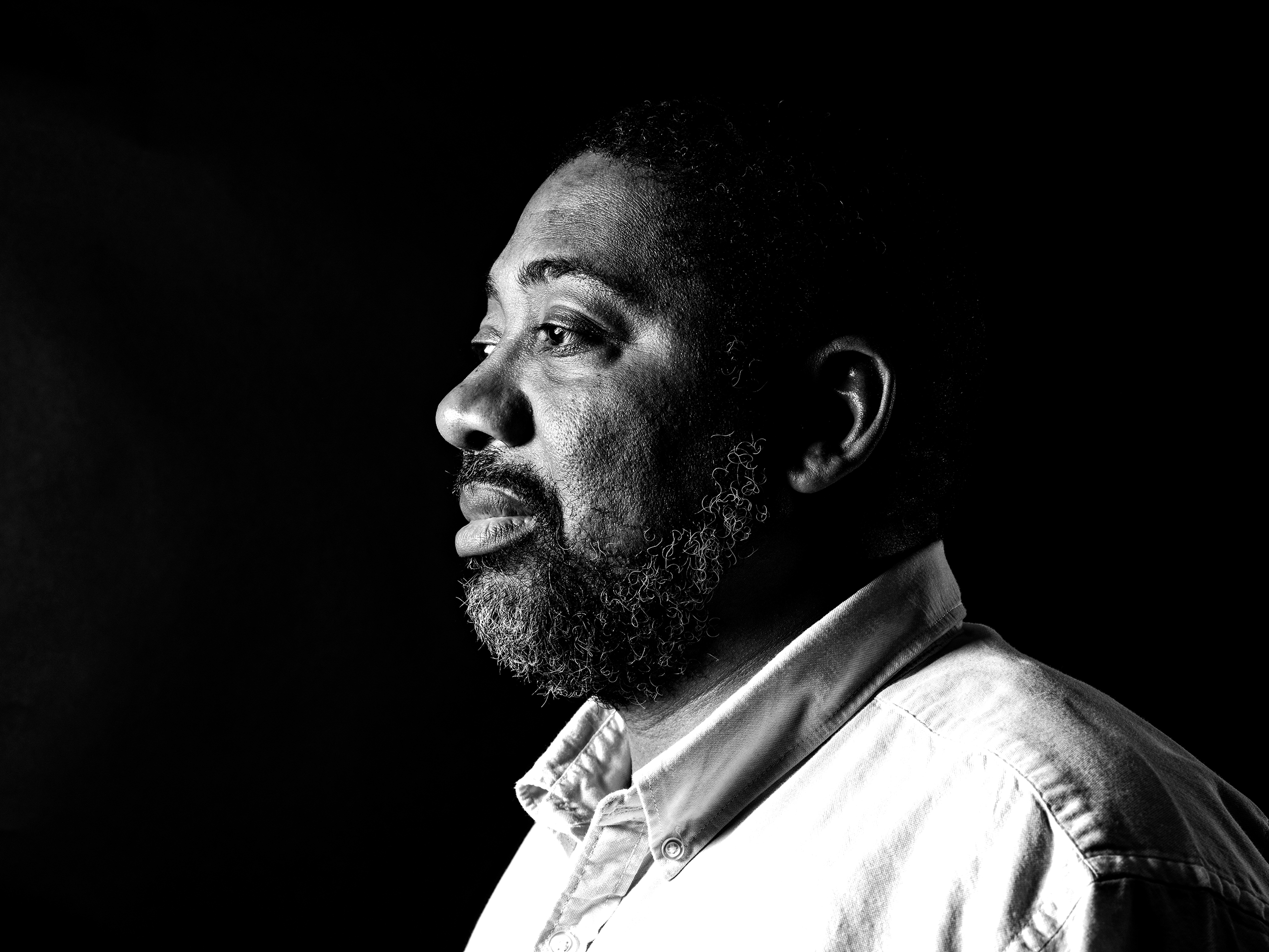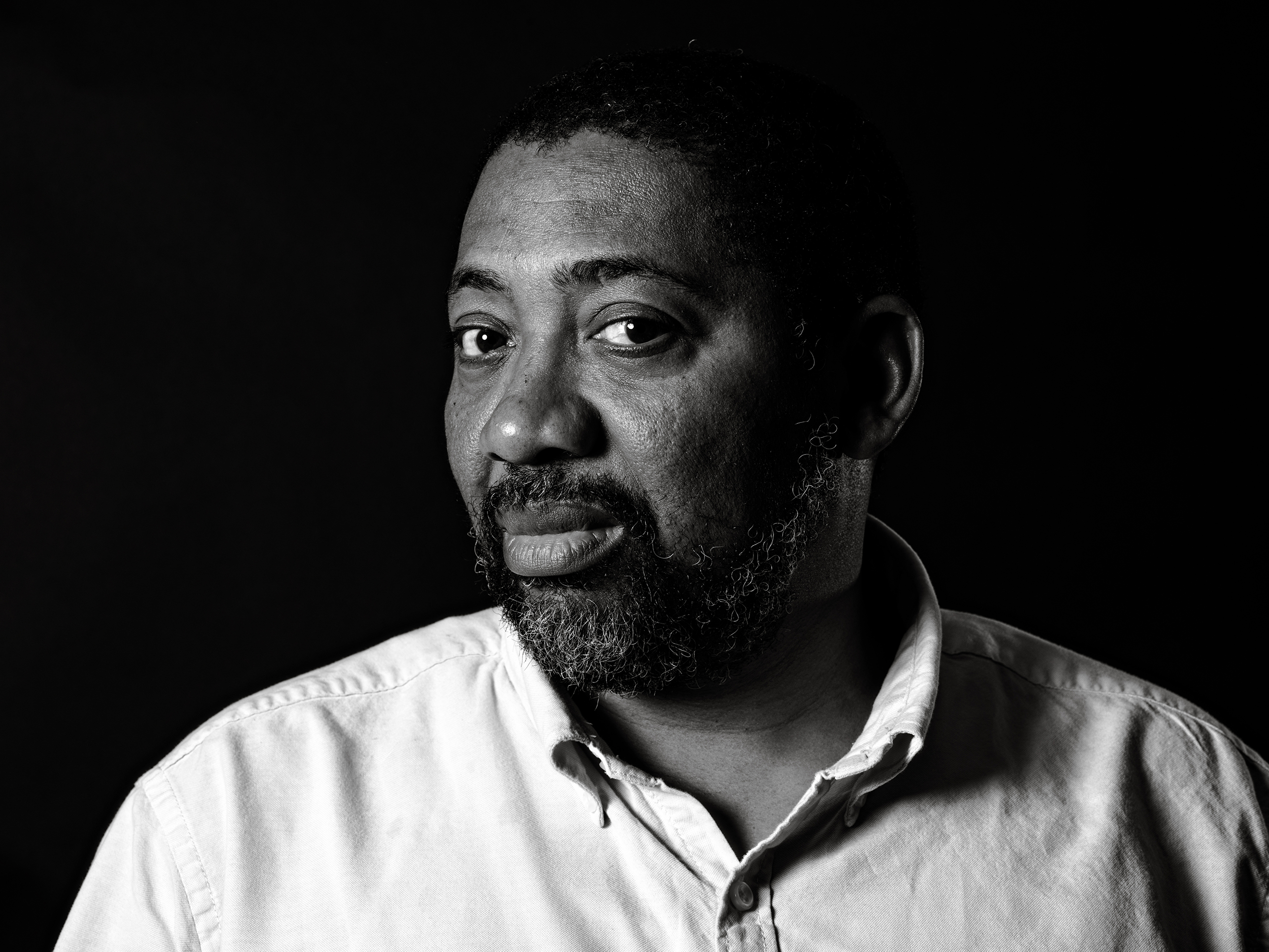
We can relate
A leader on Mayor Broome’s race relations transition team, Dr. Albert Samuels shares thoughts on how to have productive conversations about race
With the election of Sharon Weston Broome—the first black woman elected mayor of Baton Rouge—comes a shift in direction for the city. After taking office, Broome made a call to the citizens of the state and city to dictate the most urgent needs of the community.
That’s where people like Dr. Albert Samuels come in.
Samuels, a longtime professor and chair of Southern University’s Nelson Mandela College of Government & Social Sciences, was tapped by Broome to co-chair the race relations committee of her transition team. Broome has already acted on some of the committee’s recommendations, including working with the Baton Rouge Police Department on policy reform. We spoke with Samuels about what the future may look like for Baton Rouge.
|
|
How did you approach the assignment to present the mayor with ideas to improve race relations in the city?
Theoretically, race relations was one topic among so many others—you know, transportation, public safety, housing, etc. There were so many other issues being dealt with on the task force that race [seemingly] had nothing to do with. But I would say, “Race is not an issue on the list. It’s the paper on which the list is written.”
What we ended up doing was trying to really focus on a few items, and we tried to be selective and pick some issues that we thought were immediately pressing.
What were those items?
Redevelopment [of North Baton Rouge] under the [East Baton Rouge] Redevelopment Authority, issues with the police and, of course, the issue of St. George.
What were some specific suggestions the committee offered on police issues?
Community policing is obviously one of the things that we’ve recommended. We have recommended looking at best practices around the country.
We do think that one obviously significant problem in Baton Rouge is that Baton Rouge has one of the highest disparities in the country between the percentage of black officers on its police force and the percentage of black people in the population. That’s something that’s probably an issue, in part, of money. Quite frankly, they pay better at the Dallas police force. They pay better in Atlanta.
Beyond the Sterling verdict and police reform, what do you think will be the biggest race-related challenges in the coming year?
Probably in June, the incorporation campaign in St. George is going to begin anew. That’s a big issue—how we grow the parish and also do it in a way that doesn’t just prioritize developing [that] part of town. I see that there is some interest in developing North Baton Rouge. We need to have some conversations about what that means.
Why is it so difficult for us to have productive dialogues about race?
Race puts people’s lives and people’s communities literally on different trajectories. So for one group of Americans, here are the possibilities of what your life can be—and it may not work that way, but here are the possibilities. For another group of Americans, here are the possibilities too, but here are the limitations.
How can we get beyond racial divides to have more successful dialogues?
I think that people have to go into any type of dialogue like this with the understanding that this is not going to be comfortable. … You can’t have this kind of dialogue if you’re not willing to face up to some very uncomfortable truths. The fact of the matter is that we have a problem, and it’s a racial problem, and it didn’t get started yesterday or the day before.
What do you see in the future for Baton Rouge under Mayor Broome?
If she can project [her] kind of calmness and confidence that somehow we’ll work through these things, then we can work through them together. The tough thing is trying to bring people along in that, because there are other members of our political class who are very much willing to fight these battles.
Read more from our cover story, featuring people standing up to solve racial issues in Baton Rouge.
This article was originally published in the June 2017 issue of 225 Magazine.
|
|
|

